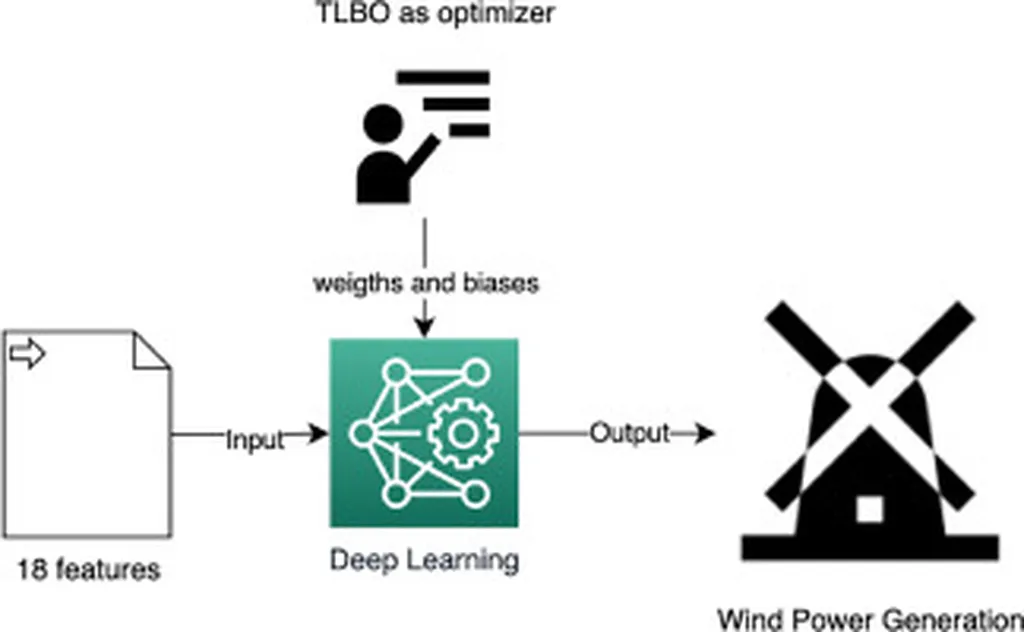In the ever-evolving landscape of renewable energy, accurate wind power forecasting is a critical component for grid stability and efficient energy management. A recent study published in the “International Journal of Energy and Power Systems” offers a promising advancement in this field, combining the power of deep neural networks with innovative interpretability techniques. The research, led by Wenlong Liao from the Wind Engineering and Renewable Energy Laboratory at the Ecole Polytechnique Federale de Lausanne (EPFL) and the University of Leicester, aims to enhance both the accuracy and interpretability of wind power forecasts, potentially revolutionizing how the energy sector integrates and manages wind energy.
Wind power forecasting has traditionally been challenging due to the complex and often unpredictable nature of wind patterns. Deep neural networks (DNNs) have shown great promise in capturing these intricate patterns, but they are not without their limitations. “The forecast errors of DNNs are severely limited by the local optimal weight issue in optimization algorithms,” explains Liao. “Additionally, their forecast behavior lacks interpretability, making it difficult for practitioners to understand and trust the model’s decisions.”
To address these challenges, Liao and his team proposed a triple optimization strategy (TriOpts) designed to accelerate the training process and improve the model performance of DNNs. The results were impressive, showing significant improvements in both deterministic and probabilistic wind power forecasting. “Our TriOpts not only enhance the model generalization of DNNs but also speed up the training process,” Liao notes. This means more accurate forecasts can be generated more quickly, providing valuable insights for energy providers and grid operators.
But the innovation doesn’t stop there. The study also introduces permutation feature importance (PFI) and local interpretable model-agnostic explanation (LIME) techniques to interpret the forecast behaviors of DNNs. These techniques offer a global and instance-level perspective, respectively, allowing practitioners to understand the contribution of each feature to the forecast. “The proposed PFI and LIME techniques can accurately estimate the contribution of each feature to wind power forecasting,” Liao explains. “This helps in constructing feature engineering and understanding how forecast values are obtained for a given sample.”
The commercial implications of this research are substantial. Accurate and interpretable wind power forecasts can lead to more efficient grid management, reduced energy costs, and improved integration of renewable energy sources. For energy providers, this means better planning and scheduling, ultimately leading to a more stable and reliable energy supply. For consumers, it could translate into lower energy costs and a more sustainable energy future.
As the energy sector continues to evolve, the need for accurate and interpretable forecasting tools will only grow. This research by Liao and his team represents a significant step forward in addressing these needs. By combining advanced neural network techniques with innovative interpretability methods, they have opened up new possibilities for the future of wind power forecasting. As the field continues to develop, we can expect to see even more sophisticated tools and techniques emerge, further enhancing our ability to harness the power of the wind.

